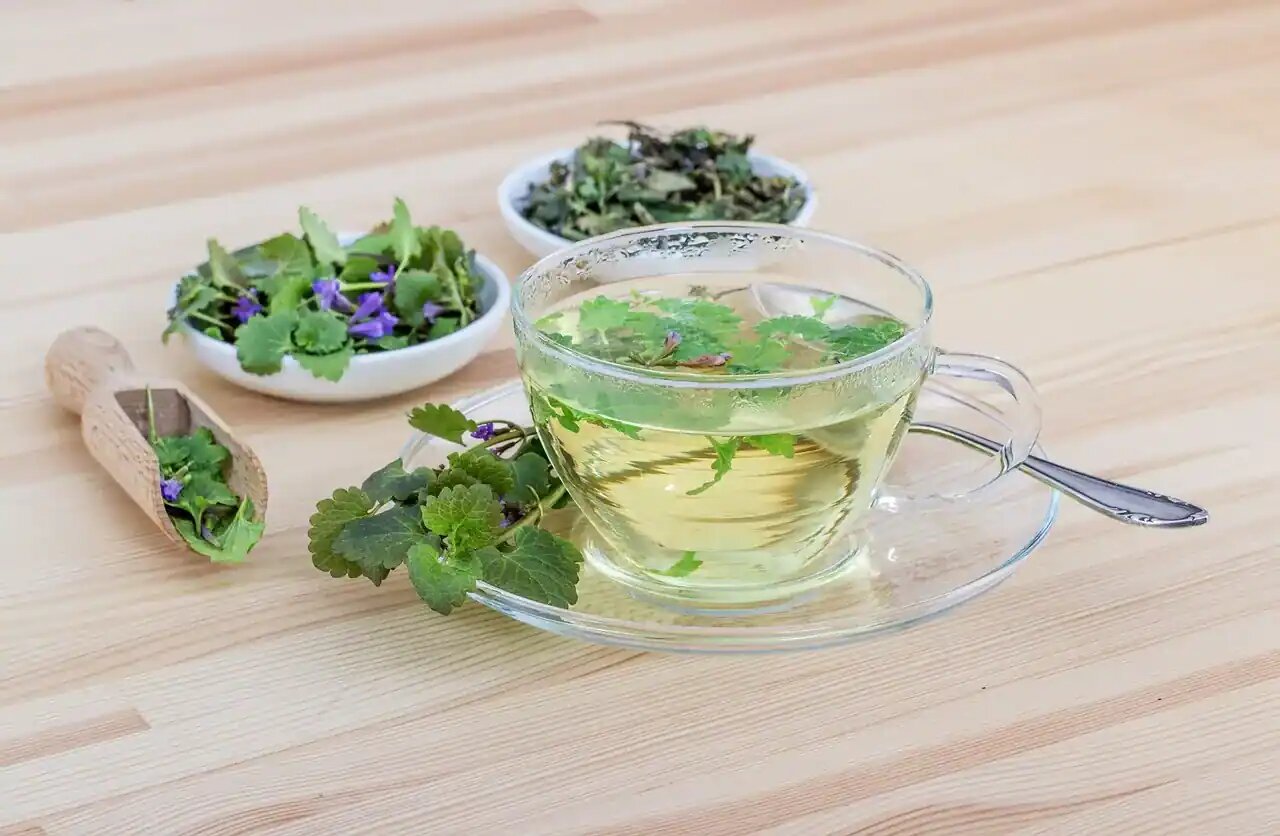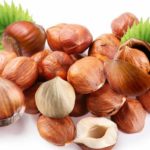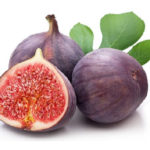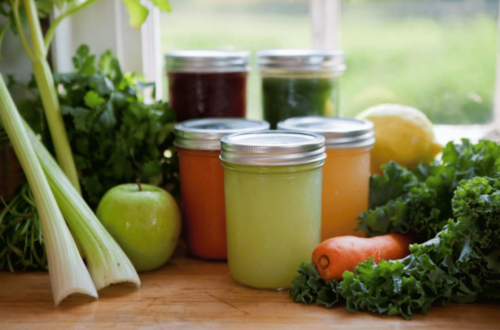Useful Marjoram Benefits
Did you know that marjoram benefits lie in its sedative and digestive properties? It was called native marjoram because it has the same features with a plant which grows wild in Europe. That plant is called wild marjoram.
Marjoram is a special herb popular in various Mediterranean recipes.
However, for a very long time it has been used as an herbal medicine. It contains various compounds which seem to offer amazing health benefits.
About Marjoram
It is a vivacious plant of the Labiatea family which grows from 15 to 40 cm high. It has white or pink flowers that grow in clusters in the tip of the stems. Its aroma could be described as being between that of thyme and peppermint.
It is also known as sweet marjoram. It comes from the mint family. A special aromatic herb that is quite popular in the Mediterranean, North Africa and Asia for more a thousand years.

Just like oregano, its flavor is somewhat milder and usually used to garnish Salads, meat dishes and soups.
When it is dried, it is particularly potent but, it can also used when it is still fresh. The part of the plant used for its beneficial purposes is the flower clusters.
Regarding marjoram benefits, it has been shown to harbour amazing anti-inflammatory and antimicrobial properties. It has also been used to treat a variety of illnesses such as infections, digestive disorders and painful menstruation.
Both the dried and fresh leaves of marjora can be made into an extract or tea. It is quite easy to see them online and in health stores.
It is worthy to note that the strength and purity of marjoram extracts vary as it is prepared by different sources and manufacturers. However, in order to a high quality product, always look out for third party certification on the label.
Marjoram Benefits, Properties and Indications
According to research, the active principles of marjoram are concentrated in its essence, which is quite rich in terpenic substances such as terpineol. This same essence has the following properties.
- Sedative
It is recommended to combat psychological excitation, insomnia and nervousness. It is also a good remedy against anxiety.
- Antispasmodic and Digestive
The plant is quite useful for flatulence (it has carminative properties), nervous spasms of the stomach and bloated stomach.
- Antirheumatic
This can be applied externally and when done, the essence eases rheumatic aches and muscle contraction. In lotions, or added to the bath water, it has invigorating properties.
Major Marjoram Benefits
Antioxidant Properties
This property helps prevent cell from getting damaged, which could be caused by potentially harmful molecules known as free radicals.
Compounds in marjoram such as carvacrol have been shown to make available several antioxidant effects. In particular, they may also help in reducing inflammation in our body.
In essence, reducing inflammation may lower one’s risk of having certain diseases such as cancer, autoimmune disorders, diabetes etc.
Antimicrobial Activity
Another one among marjoram benefits here is that it may demonstrate antimicrobial properties.
One of the common uses is to apply its diluted essential oil to your skin so as to treat infections such as fungal infection. It is also good to take it as supplements for the treatment of gut bacteria overgrowth.
Digestive Issues
Historically, marjoram has been used in preventing digestive disorders such as stomach ulcers and other foodborne illnesses.
According to research carried out, it is said that marjoram has the properties to fight Clostridium perfringens, which is a common food borne pathogen.
According to healthline, it is said to protect against stomach ulcers. This is due to a research carried out using a rat and it proved that marjoram extract protected against stomach ulcer.
ALSO SEE: Benefits of Basil Seeds
Regulation of Menstrual Cycle and Hormones
One of marjoram benefits is that it helps to stimulate menstrual flow.
Extracts or tea may help in regulating your menstrual cycle, and also facilitate the restoration of hormone balance in non-pregnant women who have problem with irregular cycle.
It is also recommended for the treatment of polycystic ovary syndrome (PCOS), which is a hormone disorder with common symptoms such as irregular periods and acne.
Side Effects
It is important to avoid marjoram when breastfeeding and pregnant women should also avoid it or its supplements. This is because its influence on various reproductive hormones and menstruation, marjoram may inforce negative side effects, especially during pregnancy.
Another side effect is with the blood clotting. Marjoram supplements may inhibit blood clotting because it may impede platelet formation which act as a key factor during blood clotting.
To avoid adverse side effects, remember that marjoram may interact with some type of medications.
According records, it may interact with medications such as anticoagulants and blood thinners, to aggravate one’s risk of bleeding.
It may go against some medications for diabetes thereby lowering blood sugar, which may result in low levels, dangerously.
If you have diabetes and other kinds of ailments, consult your healthcare practitioner before the intake of marjoram.
According to healthline, here’s how to add marjoram to your diet.
How to add marjoram to your diet
This herb is often used in small amounts for garnish or seasoning. So you may need to drink its tea or take it in supplement form to reap its benefits.
Marjoram can also be incorporated into cooking oil by mixing 1 tablespoon (15 ml) of your favorite oil with 1 teaspoon (1 gram) of marjoram. You can use this mixture for everyday cooking or to marinate vegetables and meat.
When making soups or stews, try wrapping 2 to 3 tablespoons (6 to 9 grams) of marjoram leaves in a small cheesecloth and soaking in the pan while it cooks.
Change marjoram when cooking
- If you don’t have marjoram on hand, you can substitute some other herbs.
- Oregano works especially well, although it’s stronger than marjoram – you may want to use a little less.
Thyme and sage – although the taste is slightly different – can also serve as viable substitutes. Usage 1:1 ratio for herbs.
Preparation and Use
Internal Use
- Infusion with 40 – 50 grams of flower clusters per litre of water. Drink up to 3 cups on a daily
- Essence: The recommended dose varies from 4 to 6 drops threw times a day.
External Use
- Lotions with the essence dissolved in alcohol (say, 10 – 20 drops in 100 cc. Of alcohol).
- Baths, adding some drops of the essence to the bath water in order to achieve a notable antirheumatic effect.
Benefits of Eating Strawberries
Benefits of Eating Pomegranate

A graduate of Computer Science and Information Management Technology. Diploma – Caregiving, Certificates – Dementia and Diabetes Awareness and Management. A researcher, blogger, songwriter, singer and acoustic guitarist. Born in an environment where natural talents such as healing are imparted at our natural birth. This natural talents of healing is the result of our genetic inheritance and the training from family environment.












